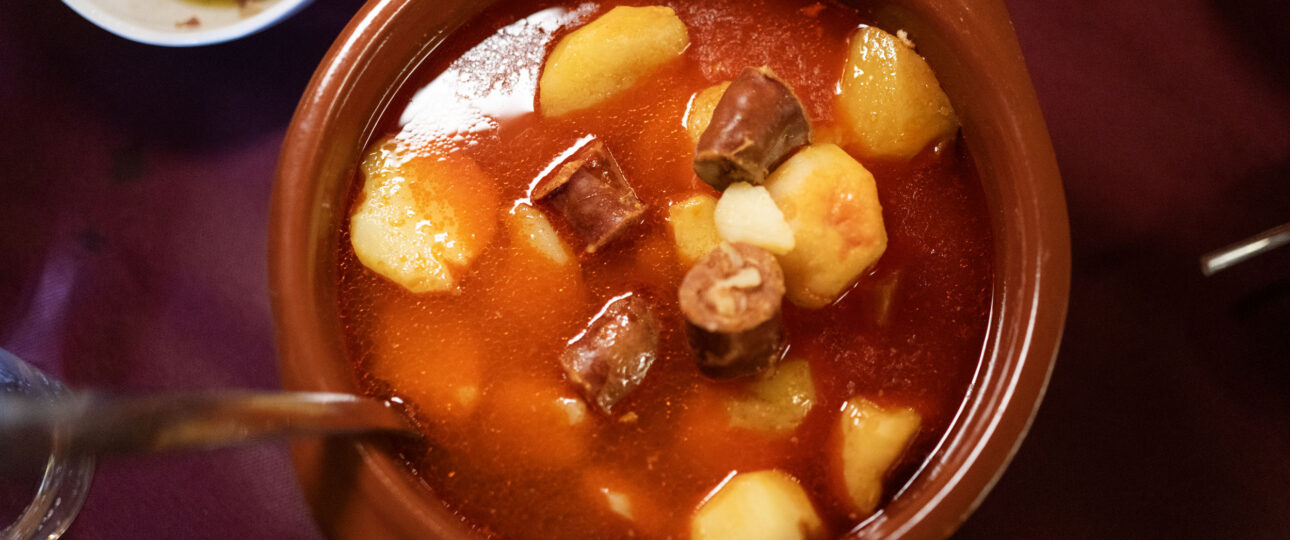The Science of Flavor: What Makes Food Taste Amazing?
When you take a bite of your favorite dish, what is it that makes the experience so unforgettable? Is it the sweetness of a perfectly ripened fruit, the umami of a savory broth, or the crunch of a well-cooked vegetable? At The Gourmet Gallery, we believe that understanding the science of flavor can elevate your culinary creations and help you appreciate food in a whole new way.
The Five Basic Tastes
Our perception of flavor begins with the five basic tastes: sweet, sour, salty, bitter, and umami. These tastes are detected by specialized receptors on our tongues and play a crucial role in how we experience food:
- Sweet: Often associated with energy-rich foods like fruits and desserts, sweetness signals the presence of sugars.
- Sour: Sourness indicates acidity, often found in citrus fruits, yogurt, and fermented foods.
- Salty: Saltiness enhances flavor and helps regulate electrolyte balance.
- Bitter: While often perceived as unpleasant, bitterness can add depth, as seen in coffee, dark chocolate, and kale.
- Umami: The savory taste of umami comes from glutamates found in foods like soy sauce, mushrooms, and aged cheese.
Each of these tastes interacts with others, creating complex layers of flavor that excite our palates.
Aroma: The Unsung Hero of Flavor
While the tongue detects basic tastes, much of what we perceive as “flavor” comes from our sense of smell. The human nose can detect thousands of aromas, which combine with the basic tastes to create a full flavor profile. That’s why food often tastes bland when you have a stuffy nose—your sense of smell is impaired.
To enhance aroma in your cooking, try:
- Using fresh herbs and spices.
- Toasting spices to release their essential oils.
- Cooking techniques like grilling or roasting, which develop rich, aromatic compounds.
Texture and Mouthfeel
Flavor isn’t just about taste and aroma—it’s also about how food feels in your mouth. Creaminess, crunchiness, chewiness, and even temperature all contribute to the eating experience. A perfectly creamy risotto or a satisfyingly crisp potato chip owes much of its appeal to its texture.
The Role of Contrast
One of the secrets to creating memorable dishes is contrast. Pairing opposing flavors, textures, or temperatures can make a dish more exciting and dynamic. Think of a rich, creamy dessert topped with a sprinkle of sea salt, or a hot, spicy curry served with a refreshing cucumber raita.
The Science of Pairing Flavors
Certain flavors naturally complement each other due to shared chemical compounds. For example:
- Strawberries and balsamic vinegar both contain ethyl butanoate, which gives them a fruity aroma.
- Chocolate and coffee share roasted, bitter notes that enhance each other.
- Herbs like basil pair beautifully with tomatoes because of shared terpenes.
Experimenting with these pairings can help you create dishes that are harmonious and deeply satisfying.
The Psychology of Flavor
Our perception of flavor is also influenced by psychological factors, such as:
- Color: Brightly colored foods often seem fresher and more flavorful.
- Presentation: A beautifully plated dish can enhance your enjoyment.
- Memory: Familiar flavors can evoke powerful emotions and memories, making a meal even more meaningful.
Bringing It All Together
At The Gourmet Gallery, we’re passionate about helping you explore the endless possibilities of flavor. Whether you’re browsing our curated selection of gourmet ingredients, attending one of our cooking classes, or seeking inspiration from our blog, we’re here to ignite your culinary creativity.
So the next time you’re in the kitchen, think about the science behind the flavors you’re creating. Consider how taste, aroma, texture, contrast, and psychology come together to make food truly extraordinary. After all, understanding the science of flavor isn’t just enlightening—it’s delicious.


